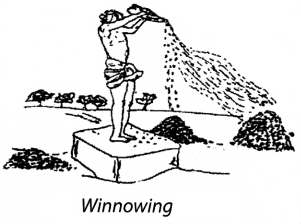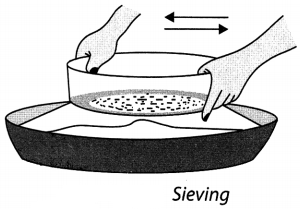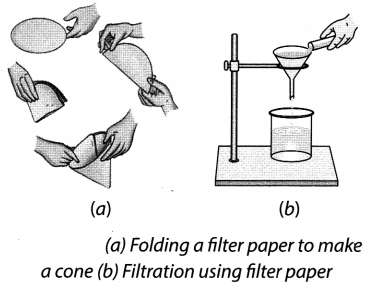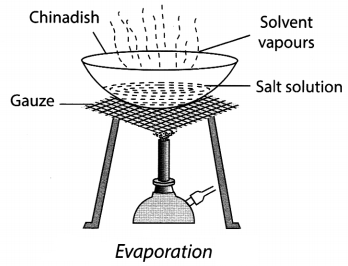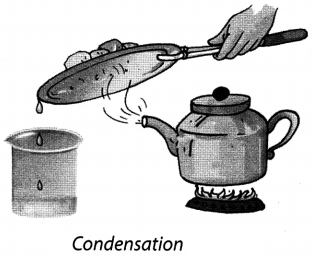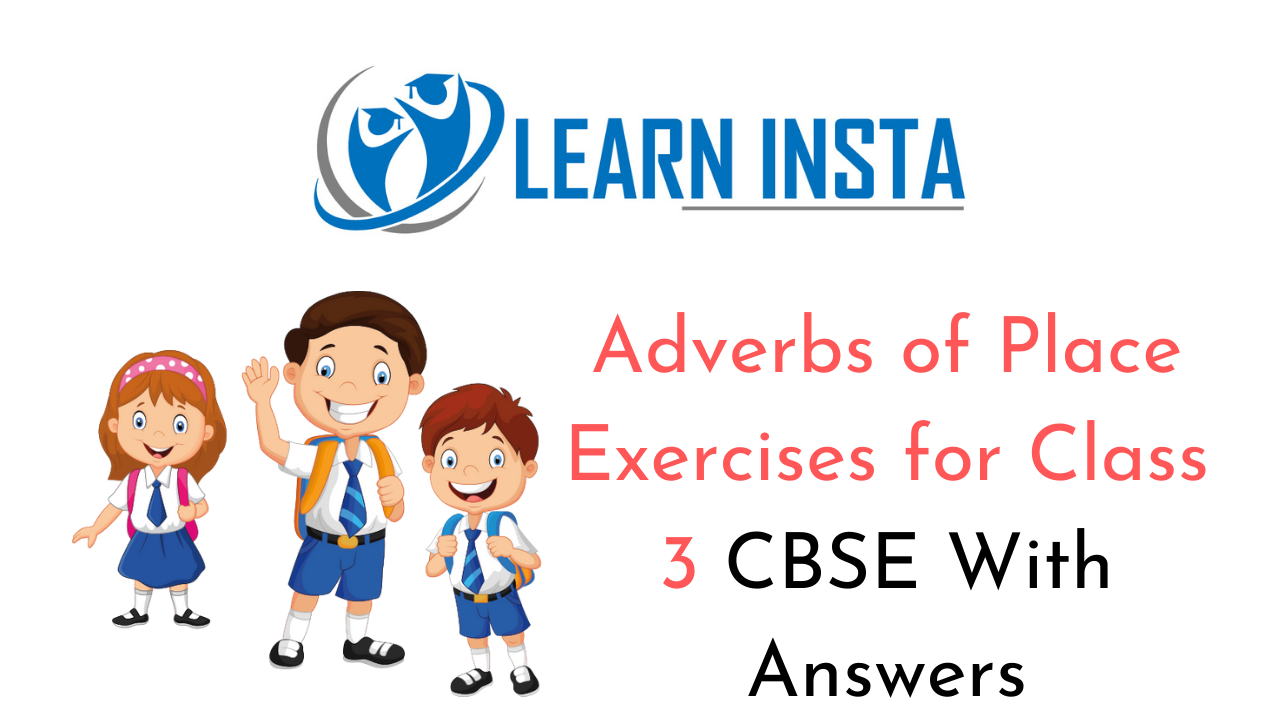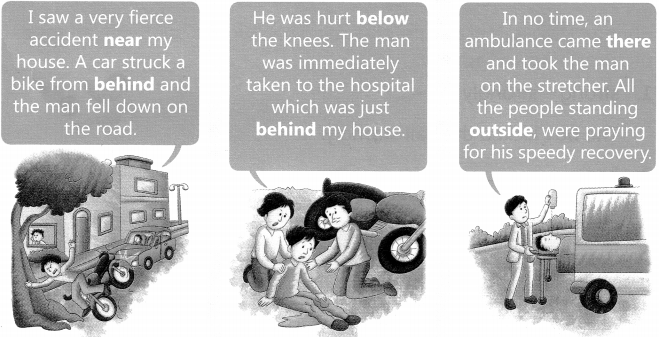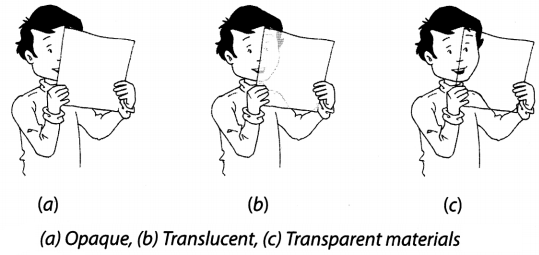On this page, you will find NCERT Class 7 Civics Chapter 5 Notes Pdf free download. CBSE Class 7 Social Science Notes Civics Chapter 5 SST Women Change The World will seemingly help them to revise the important concepts in less time.
Growing Up as Boys and Girls Class 7 Notes Social Science Civics Chapter 5
CBSE Class 7 Civics Chapter 5 Notes Understanding The Lesson
1. Many people believe that women make better nurses because they are more patient and gentle.
2. It is believed that science requires a technical mind and girls and women are not capable of dealing with technical things.
3. Many people believe in stereotypes and many girls do not get the same support that boys do to study and train to become doctors and engineers. In most families, once girls finish school, they are encouraged by their families to see marriage as their main aim in life.
4. In the story of Laxmi Lakra who belonged from a poor tribal family of Jharkhand became first engine driver in Northern Railways. She was girl and also poor but she got diploma in electronics and then passed the railway board exam in first attempt.
5. All children of our society face pressures from the world around them.
6. It is difficult for us to imagine that school and learning could be seen as “out of bounds” or not appropriate for some children.
7. In the past, the skill of reading and writing were known to only a few. Most children learnt the work their families or elders did.
8. In communities that taught sons to read and write, daughters were not allowed to learn the alphabet. Even in the families where skills like pottery, weaving and craft were taught, the contribution of daughters and women was only seen as supportive.
9. Earlier, there was lots of opposition to educating girls. But in the nineteenth century, many new ideas about education and learning emerged, school became more common and those whose ancestors never learnt reading and writing have started sending their children to school.
10. Rashundari Devi was a housewife from a rich landlord’s family. At that time, it was believed that if a woman learnt to read and write, she would bring bad luck to her husband and become a widow. About 200 years ago, at the age of 60, she wrote her autobiography in Bangla. Her book titled Amar Jiban is the first known autobiography written by an Indian woman.
11. On the basis of data received from census, the literacy rate is determined once every in 10 years. In the most recent census of 2001, these figures have grown to 76 per cent for boys and men, and 54 per cent for girls and women.
12. It has been noticed that SC, ST and Adivasi backgrounds girls leave school at a rate that is higher than , the category ‘All Girls’. However, this gap is reducing but has not gone away.
13. The 2001 census also found that Muslim girls are less likely, than Dalit and Adivasi girls, to complete primary school. There are several reasons why children from Dalit, Adivasi and Muslim communities leave school.
14. Especially in rural and poor areas there may not even be proper schools and or teachers who teach on a regular basis. Due to the transport unavailability, unable to bear the cost of educating all their children, boys may get preference in this situation.
15. Many children also leave school because they are discriminated against by their teacher and classmates.
16. There are other spheres such as – legal, violence and health, where the situation of women and girls has improved. These changes have not happened automatically. Women individually and collectively have struggled to bring about these changes. This struggle is known as the Women’s Movement. Many men support the women’s movement.
17. Different strategies have been used to spread awareness, fight Campaigning, raising awareness, protesting, showing solidarity etc., are some of the important struggles under women movements activities. An important part of the women’s movement is fight against discrimination and violence including domestic and mental violence.
18. Efforts made by the women’s movement led the Supreme Court to formulate guidelines in 1997 to protect women against sexual harassment at the workplace and within educational institutions.
Growing Up as Boys and Girls Class 7 CBSE Notes Important Terms
Stereotype: When we believe that people belonging to particular groups are bound to have certain fixed characteristics or can only do a certain type of work.
Discrimination: When we do not treat people equally or with respect it is called discrimination.
Violation: When someone forcefully breaks the law or rule or openly shows disrespect he has committed a violation.
Sexual harassment: This refers to physical or verbal behaviour that is of a sexual nature and against the wishes of a woman.
